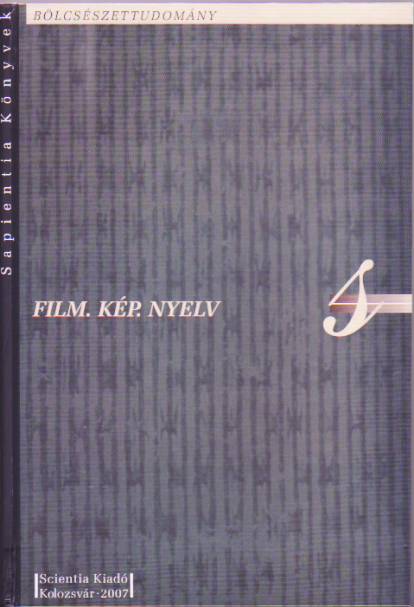
KÉPEK BŰVÖLETÉBEN
The essay tries to contribute to a better understanding of the role of paintigs or pictorialism in Alfred Hitchcock’s films. Classical narrative films (musicals, film noirs, the films of Orson Welles or Sternberg) often used pictorial techniques or incorporated paintigs or portraits within the the filmic narrative. It is argued that Hitchcock’s films on the one hand present typical instances of filmic pictorialism or use of portraits (mainly in his gothic romances or women’s melodrama type films), however his art can also be considered as a deconstruction of these techniques, as a transition from the avantgarde “cinema of attractions” of early cinema to an abstract and modernist type film language. The films referred to are: Rebecca (1940), Suspicion (1941), Spellbound (1945), Stagefright (1950), Strangers on a Train (1951), Vertigo (1958). In these films the portrait or the painterly image becomes a sort of abyss or a portal through which we are transposed on a metanarrative level about the nature of images in general or the nature of cinema itself. Painting appears as cinema’s double, but not in a conventional sense (as used by most hollywood narratives: that is a mere image that needs a narrative explanation and therefore presents itself as a riddle or enigma soon to be solved during the plot), but as a threat, as something that is capable of opening up the image both to an infinitiy of meanings and both capable of emptying it of all meanings and throwing its spellbound viewer into the horror of the Unnamable.
More...








